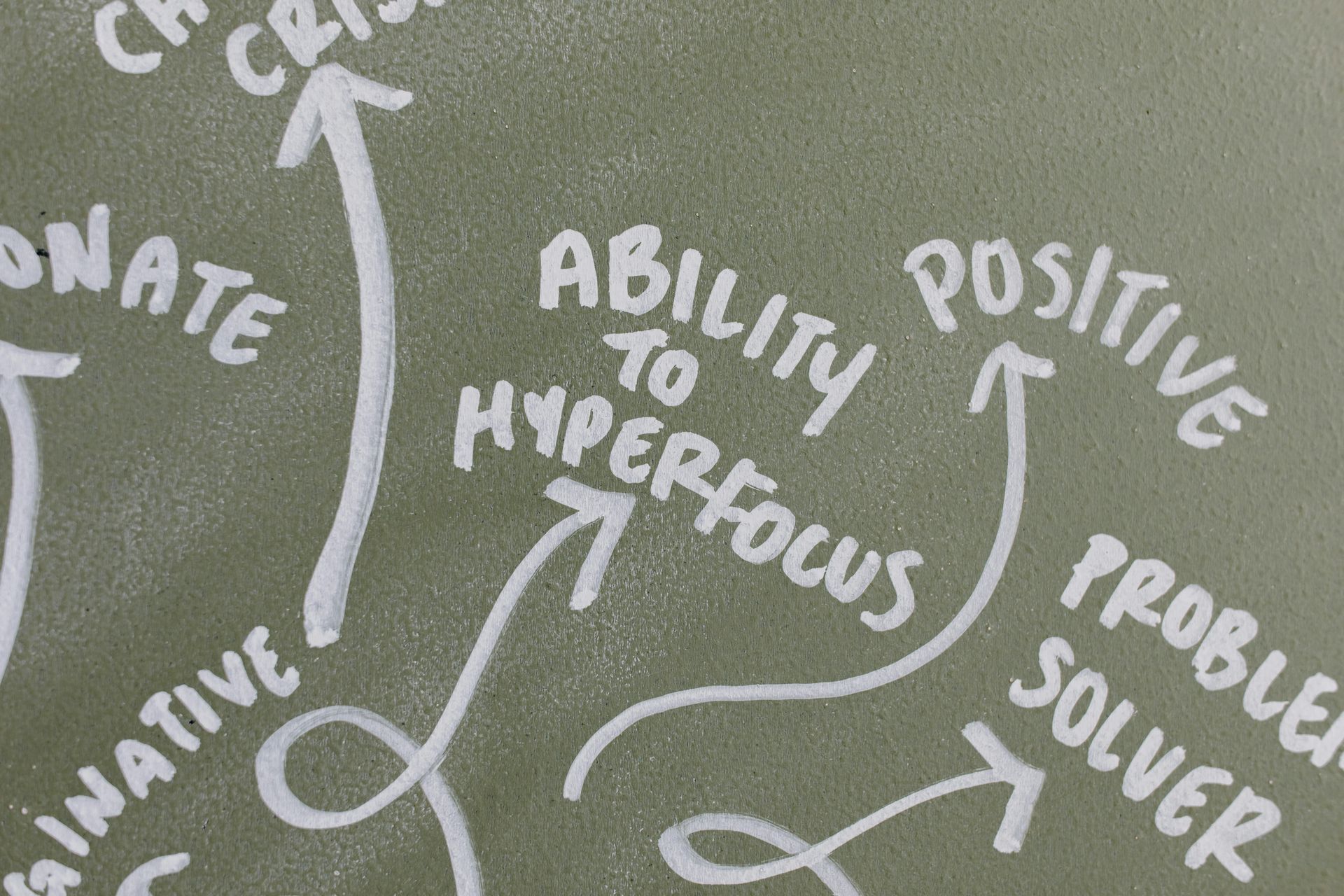Transparency and capability to change
Experience and research indicate that people will not come around to appreciating your point of view through threats or relentless arguing (How to Have Confidence and Power in Dealing with People, Les Giblin,1956) . On the other hand, anecdotal evidence seems to suggest that capability for systemic improvements is hampered by "deferred hurt".
Deferring necessary decisions prolongs fault lines. It is common enough to observe spinning gears without evident change. Such scenario is a symptom of counterparts living in a set of parallel universes. Resolution is possible only when all parts in the system realign to the same dimension. Building relationship bridges is only a part of the solution. Something extra is needed that can pull parties away from individual interpretation of facts and differences in perspectives.
Best agile teams solve this problem space through real-time inspect-and-adapt and openness for change. Measurable impact and visual stream of experiences is the gravitational force that can pull parties together. Throwing more process, methodologies or tools at issues, that are 'human factor' by nature, is not going to yield sustained changes.
Systemic and smart transparency, based on direct relay of impacts, is the best mechanism for setting inert wheels into motion. It acts as the intermediate gear that can translate the pull of a handle into actual movement. Success of any change is dependent on all parties pulling together in the same direction.
If you are a leader, you need to ask a very honest and reflective question - "is there a Calcutta environment in our organisation?". I recommend watching lecture Handling Complexity with Professor Richard Jolly (London Business School) because it packs a very useful spectrum of management science topics, and builds a story. Transparency is an important element for creating a thriving and self organising environment where employees choose to be engaged.



